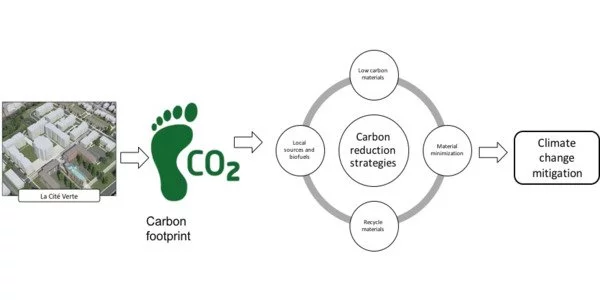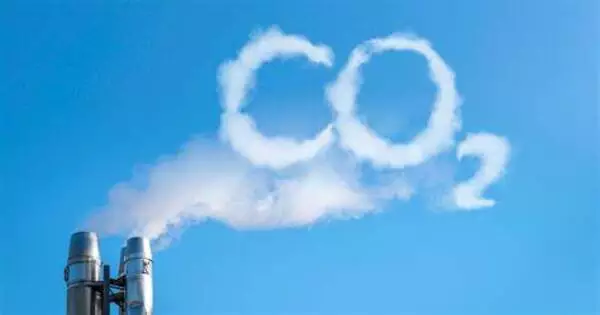A new study identifies how to calculate the economic value of temporarily reducing carbon emissions through carbon offsetting. The Social Value of Offsets (SVO) is an economic framework that will assist policymakers in calculating how much carbon should be stored in temporary offsets to make it equivalent to a permanent CO2 emission.
Using the SVO metric, the researchers estimate that an offset sequestering one ton of carbon for 50 years is equivalent to 0.3 to 0.5 tons permanently locked away, taking into account a variety of factors for different risks, permanence, and climate scenarios.
Offsets are an important component of Paris-compliant net zero strategies, but many offsetting projects fail, and there is no guarantee on how long an offset will sequester carbon, making it difficult to quantify the economic damage avoided. The study, published in Nature, outlines the risks and uncertainties associated with offsetting that arise as a result of the unregulated nature of the global offsets market.
Our analysis shows that a carbon emission today offset by a temporary project can be thought of as a postponed emission with the same warming effect when the project ends, but with less warming during the project.
Professor Ben Groom
Projects in tropical forests, for example, face risks such as a lack of strong institutions on the ground to monitor, enforce, and account for sequestered emissions, as well as the possibility of fires and disease.
There are also risks in how emissions reductions are reported, as well as the risk of ‘non-additionality,’ which occurs when emissions reductions would have occurred regardless of offsetting. Other frameworks count physical units of carbon, but SVO is unique in that it is an economic framework in which the value of temporary emissions reductions is measured as the value of the economic damages avoided during the duration of the offsetting project.
According to the researchers, this will potentially make comparing offsetting schemes easier, allowing anyone offsetting their carbon emissions to weigh the risks involved and determine how much carbon they would need to offset in temporary schemes to make up for permanent carbon emission.

“Our analysis shows that a carbon emission today offset by a temporary project can be thought of as a postponed emission with the same warming effect when the project ends, but with less warming during the project,” said Professor Ben Groom, Dragon Capital Chair in Environmental Economics at the University of Exeter Business School.
“The Social Value of Offsets (SVO) derives from the value of postponing emissions and damages, which varies depending on how temporary, risky, or additional they are.” The SVO then provides a way to compare offsets with different qualities in terms of the economic damages avoided.”
Professor Groom explains why delaying emissions is important, both economically and physically. “With a project that stores carbon and releases it 50 years later, the net carbon reduction is always going to be zero, so some may say it’s as if it never happened.” But that ignores the flow of damages avoided in the meantime, which could be significant because certain responses to climate change, such as ice cap melting, are responsive to how long temperatures have been at a particular level.
“Delaying emissions is also important because economic processes in the background may be occurring that make carbon removal cheaper in the future, so offsetting could act as a temporary solution, allowing the action point to be delayed until it is cheaper to act.” The question we’re trying to answer with SVO is how valuable this temporary period of damage avoidance is.”
The IPCC has previously stated that meeting the Paris Agreement’s objectives will necessitate some offsetting, though some organizations argue that offsetting should be avoided entirely due to the unregulated, impermanent, and risky nature of the offset market. However, this study shows that delaying emissions, even if offset projects are temporary and risky, is economically beneficial.
The economists believe that the SVO metric can be useful in appraising net-zero climate policy and harmonising the offset market, and that it has policy implications beyond offset valuation. These include calculating the benefits-to-cost ratio of an offset or any temporary carbon storage solution for comparison to alternative climate change mitigation technologies.
The SVO formula can also be used to calculate the price of carbon debt, using the rule of thumb that a company emitting a ton of carbon today and committing to a permanent removal in 50 years will pay 33% of the carbon price today to cover the damages of temporary atmospheric storage.





